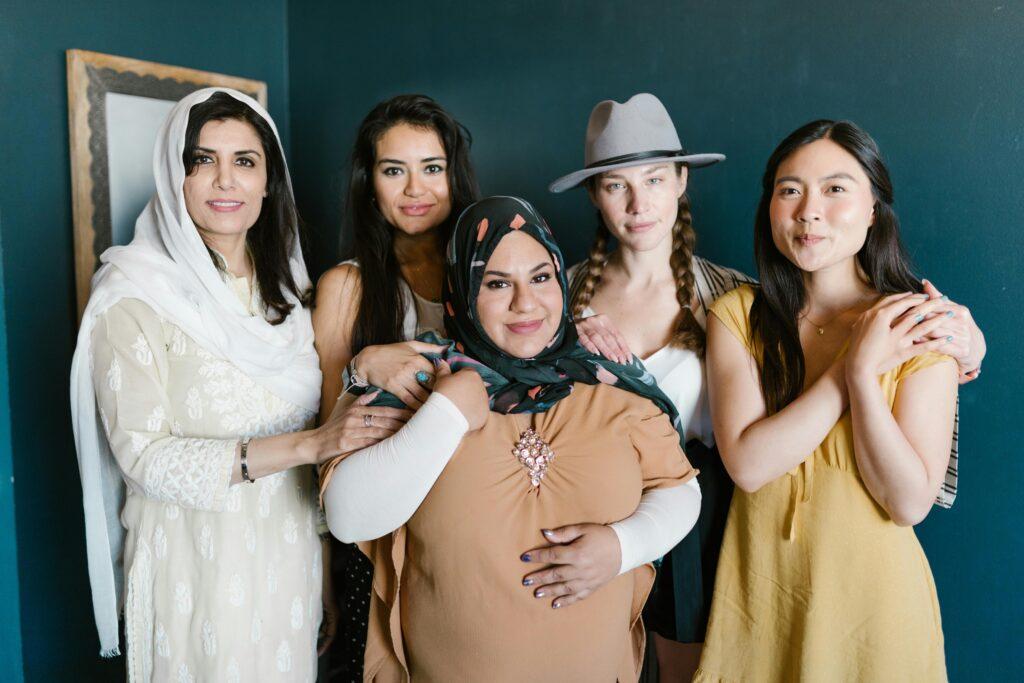Exploring The Intersection Of Culture And Identity

Culture embodies a group’s unique personality, defining its distinctiveness and character. It encompasses food, music, clothing, stories, and values, fostering a sense of belonging and connection. Identity is like your own personal culture, and what makes you unique: your name, hobbies, favorite things, and life experiences.
Culture can also transcend racial and ethnic boundaries. Baby Boomers, Latchkey, and Millennials experienced different societal cultures during their formative and adolescent years, which contributed to shaping their identities.
So let’s explore the intersection of culture and identity.

Culture And Identity
In a diverse nation like the United States, culture and identity intersect for many individuals, making it impossible to separate the two.
Kimberlé Crenshaw, an American civil rights advocate, legal scholar, and a leading figure in critical race theory, coined the term “intersectionality” in 1989, to describe the complex and overlapping experiences of discrimination faced by Black women due to their race (racism and culture) and gender (sexism and identity). An example of this is the CROWN Act, legislation that prohibits discrimination targeting hair texture and protective hairstyles (culture) associated with Black women (identity).
Immigration
Immigration is another intersection of culture and identity. For many immigrants, moving to a new country means not only adjusting to a different cultural setting but also deciding which aspects of their original culture to retain, which to modify, and which to assimilate to achieve better integration.
Dr. Monica McGoldrick, MSW, PhD, and Director of the Multicultural Family Institute, refers to this conflict as “cultural homelessness,” highlighting a disconnection from one’s native traditions while struggling to feel completely at home in the new culture.
During an interview for On Good Authority, McGodrick explains that the impact of migration on families can last for generations, especially for those who left under duress.
“They come for very traumatic reasons of starvation or war, or poverty,” she said. “Experiences that they can’t really discuss easily, so they become shut down often to their own children, so that affects them, and then the children later on don’t really know their own history because it has been too hard for the parents to deal with it.”
Children of immigrants often experience this tension acutely, as they navigate their parents’ cultural expectations alongside the norms of the dominant culture. Their identity usually manifests as a balancing act between these two worlds, frequently characterized by code-switching, changing their names, or even outright rejecting their heritage to evade exclusion or discrimination.

RDNE Stock project
Assimilation
Assimilation occurs when someone from a minority culture adopts the norms of the dominant culture while muting or discarding their own. It challenges identity and culture, both externally (clothing, language, and food) and internally (values, beliefs, and mindset).
First-generation Latin or Asian American children find that preserving food, language, or religious practices fosters cultural pride but can also cause conflicts with peers.
In their study, “Becoming Ethic or Becoming American?,” sociologists Min Zhou and Jennifer Lee explore this. They emphasize that children of immigrants actively make “identity choices” based on their social environments and cultural influences.
“Similarly, Asian American youth find it increasingly difficult to retain a distinct ethnic identity, much less an American one, because other Americans consistently identify them panethnically as Asian and view them as foreign-born,” the study authors wrote.
They explain how the model minority stereotype serves to heighten the sense of being Asian rather than being Chinese, Japanese, or Korean.
“While the label ‘Asian’ may not be as consequential as Black, it does connote a foreigner status and constrains the identity options among the children of Asian immigrants,” the study authors said.
This study notes that racial perceptions and treatment of young immigrants impact their expression of cultural identity, whether with pride or caution.
While culture and identity intersect, the immigrant experience goes beyond relocation. It involves reshaping identity in real time, often in environments that may not fully embrace all aspects of their culture.






